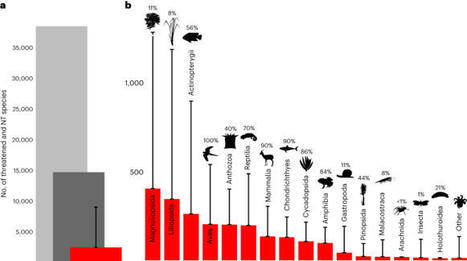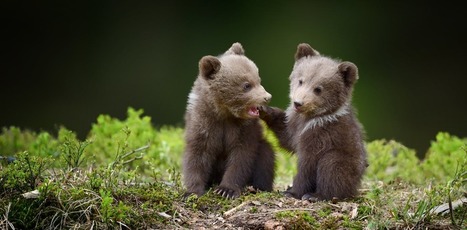Here, we develop a mechanism using the International Union for Conservation of Nature’s Red List of Threatened Species to identify species that are likely to be threatened by international trade. Of 2,211 such species, CITES includes 59% (1,307 species), leaving two-fifths overlooked and in potential need of international trade regulation. Our results can inform deliberations on potential proposals to revise trade measures for species at CITES Conference of the Parties meetings.
Research and publish the best content.
Get Started for FREE
Sign up with Facebook Sign up with X
I don't have a Facebook or a X account
Already have an account: Login
Revue de presse et du net par le Pôle de partage des connaissances S&T de l'Office français de la biodiversité
Curated by
DocBiodiv
 Your new post is loading... Your new post is loading...
 Your new post is loading... Your new post is loading...
|
|












via @unepwcmc (UN Environment Programme World Conservation Monitoring Centre)
Challender, D.W.S., Cremona, P.J., Malsch, K. et al. Nat Ecol Evol (2023). https://doi.org/10.1038/s41559-023-02115-8